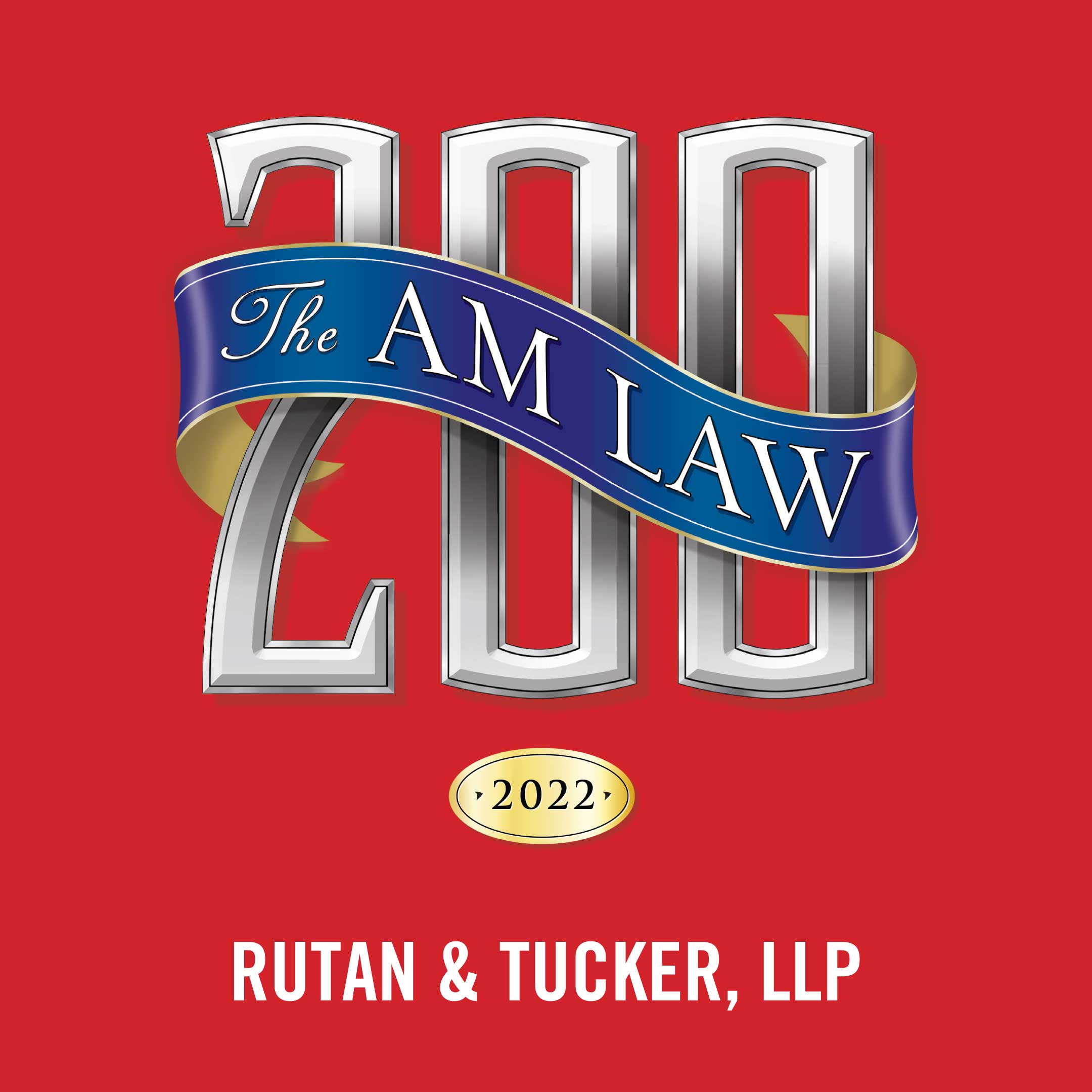On April 4, in T-Mobile West v. City and County of San Francisco, the California Supreme Court issued an opinion upholding a San Francisco ordinance imposing certain aesthetic standards on wireless facilities within the city.
The plaintiffs in the case, T-Mobile and other telecommunications companies, sued to invalidate San Francisco’s ordinance, arguing that it was preempted by one section of the California Public Utilities Code (section 7901) and in violation of another (section 7901.1).
Section 7901 provides that telephone corporations may construct lines and install equipment along public roads in ways and locations that do not “incommode the public use of the road.” The plaintiffs argued this language meant that cities could only regulate telephone lines to the extent they might obstruct the path of travel.
The Court disagreed, noting that the city “has inherent local police power” under the California Constitution to determine the appropriate uses of land within its jurisdiction. Therefore, as the Court stated, “the question is not whether the incommode clause can be read to permit the city’s exercise of power the ordinance. Rather it is whether section 7901 divests the city of that power.”
The Court found that section 7901 did not divest that power for several reasons. For example, the Court noted that section 7901 and the ordinance can operate in harmony because section 7901 says nothing about the aesthetics or appearance of telephone lines. Furthermore, the power to regulate the location and manner of line installation is generally a matter left to local regulation, especially where there are significant local interests – such as aesthetic considerations – that may vary by jurisdiction.
The Court also rejected the plaintiffs’ contention that the ordinance violated section 7901.1. Section 7901.1 permits municipalities to control the time, place and manner in which roads are accessed by telephone corporations so long as the control is “applied to all entities in an equivalent manner.”
The plaintiffs argued that the ordinance was not equivalently applied to wireless and non-wireless telephone companies, because the aesthetic standards of the ordinance apply only to wireless facilities. The Court rejected this argument, noting that section 7901.1 governs temporary access to public roads only for initial construction and installation, not for ongoing occupation and maintenance. Since both wireless and non-wireless telephone companies were required to obtain temporary access permits for initial construction, and the aesthetic standards applied only to ongoing occupation and maintenance, there was no violation of section 7901.1.
The Court’s opinion in this case is a positive development for cities, as it decisively reaffirms that cities’ local police power generally includes the authority to establish aesthetic land use conditions. Cities should keep in mind, however, that there are limitations on local authority over wireless facilities under both state and federal law. Cities that have questions as to how they may be impacted by this ruling should consult with their city attorney.
The League thanks Jeffrey T. Melching and Ajit Singh Thind of Rutan & Tucker, LLP for authoring the League’s friend-of-the-court brief in this case. The California State Association of Counties, the International Municipal Lawyers Association, and the States of California and Nevada Chapter of the National Association of Telecommunications Officers and Advisors also joined in the brief.
California Supreme Court Upholds Local Ordinance Regulating Aesthetics of Wireless Facilities



